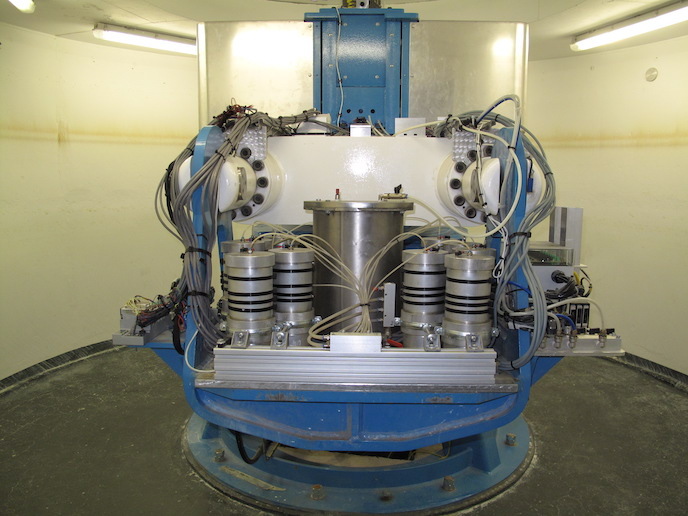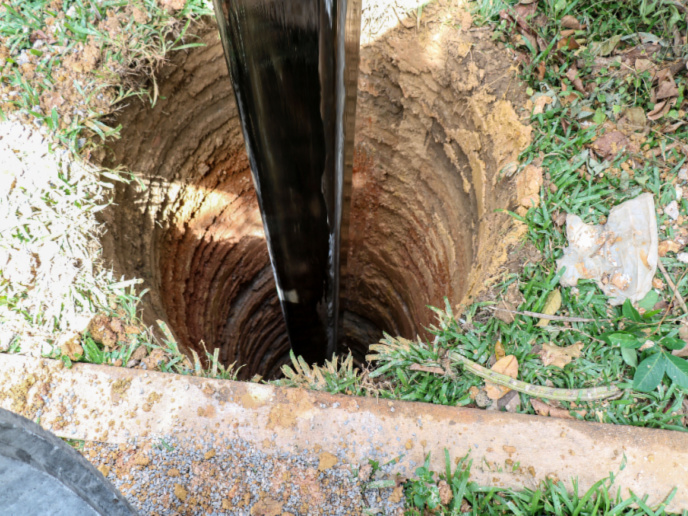From CO2 waste to valuable methane and hydrogen
Carbon capture and storage has the potential to be a key tool in the fight against climate change. The concept is rather straightforward – the CO2 produced by an industrial plant is captured, compressed and transported away where it can either be reused or stored deep underground. So, what’s the problem? Like most things, it all comes down to money. “Capturing, transporting and storing carbon is an expensive process with little to no profit,” says Samuel Marre(opens in new window), a senior researcher at CNRS(opens in new window), the French National Centre for Scientific Research. But Marre sees things differently. Instead of viewing CO2 as an expensive waste, he sees it as a wasted opportunity. “When stored deep underground in saline aquifers for example, there is a potential to transform CO2 into a valuable raw material,” he explains. With the support of the EU-funded Big Mac(opens in new window) project, Marre is leading an effort to leverage this potential.
Valorising stored CO2
The project, which received support from the European Research Council(opens in new window) (ERC), set out to investigate a unique strategy for restoring the advantages of stored CO2 as a raw material. “This strategy uses a biological upgrading process that could valorise a large quantity of disposed CO2 before it has a chance to naturally transform into carbonates,” adds Marre. Researchers focused their work on CO2 stored in aquifers as these natural features contain microorganisms capable of converting stored carbon into valuable methane without sunlight. “Our strategy looks to essentially kick-start this natural biogeological carbon cycle from the moment the CO2 is injected into the aquifer, allowing us to both reduce greenhouse gas emissions and restore an energy resource,” notes Marre.
Turning CO2 and iron wastes into hydrogen
The good news is that the strategy works! “We successfully demonstrated the viability of using microorganisms to recycle a part of the CO2 stored underground into valuable methane,” remarks Marre. Researchers also demonstrated that it’s possible to generate hydrogen in these underground CO2 storage sites. “Creating methane biologically from CO2 requires hydrogen, which can be generated in large quantities via iron-bearing minerals’ carbonation reactions,” says Marre. By taking advantage of the minerals naturally found underground, in addition to adding iron scrap, the project was able to ensure that enough hydrogen was produced to sustain the methanogenesis reaction. In doing so, it also valorised another waste: industrial iron scrap.
Macro-bioreactors for recycling CO2
The Big Mac project succeeded at demonstrating that deep underground environments can be used as macro-bioreactors for recycling CO2. “Much like how your backyard compost uses microorganisms to turn biodegradable waste into a valuable natural fertiliser, underground aquifers can change CO2 waste into valuable methane or hydrogen,” concludes Marre. Marre hopes to further develop the concept for generating hydrogen from CO2 and iron scrap recycling via a new ERC Proof of Concept Grant(opens in new window).







